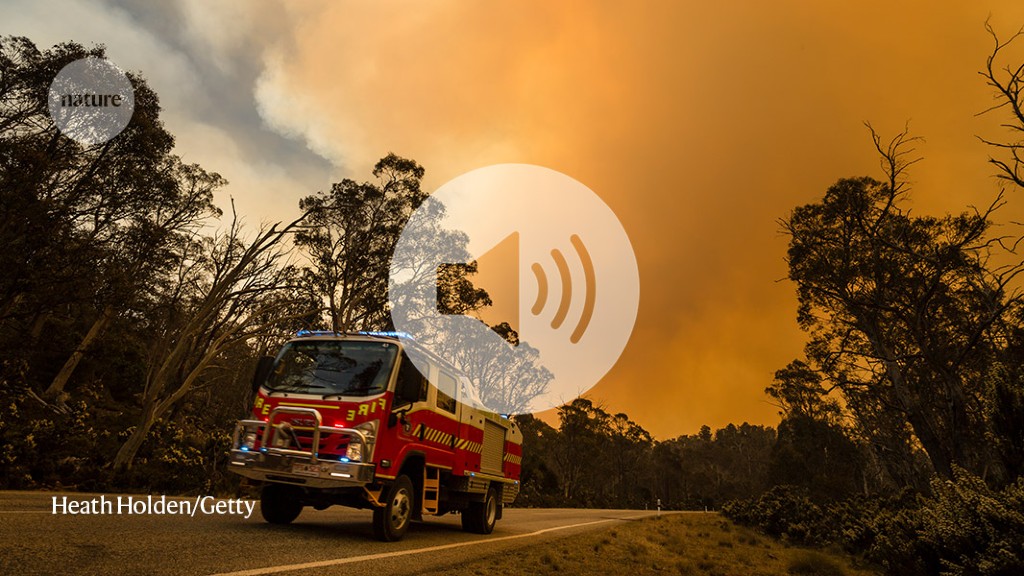
Bushfire Smoke Depletes Ozone Layer: Impacts and Solutions
The devastating Australian bushfires of 2020 had far-reaching consequences beyond the immediate damage caused by the flames. According to a recent study, the smoke from these fires depleted the ozone layer by up to 5%, leading to increased exposure to harmful ultraviolet radiation. This is just one example of how natural disasters can have unexpected and long-lasting impacts on our planet. In this article, we will explore the effects of bushfire smoke on the ozone layer, its causes, and potential solutions.
What is the Ozone Layer and Why is it Important?
The ozone layer is a protective shield of gas that surrounds the Earth, located in the stratosphere, approximately 10-50 km above the Earth's surface. It is responsible for absorbing most of the Sun's harmful ultraviolet (UV) radiation, which can cause skin cancer, cataracts, and other health problems in humans and animals. The depletion of the ozone layer can lead to an increase in UV radiation, which can have serious consequences for both the environment and human health.
How Does Bushfire Smoke Affect the Ozone Layer?
Bushfire smoke contains a variety of chemicals, including nitrogen oxides and volatile organic compounds (VOCs), which can react with ozone in the stratosphere to form new compounds that destroy the ozone layer. One of the most significant compounds produced is chlorine monoxide, which is particularly effective at breaking down ozone molecules.
Also Read:
In the case of the 2020 Australian bushfires, the smoke plumes were so large and persistent that they were able to travel across the Pacific Ocean and reach South America, where they caused a measurable decrease in ozone levels. The study estimated that the smoke from the Australian bushfires led to a 5% decrease in ozone levels over the southern hemisphere.
The Impact of Ozone Depletion on Human Health
The depletion of the ozone layer can have serious consequences for human health, including an increase in skin cancer, cataracts, and immune system suppression. According to the World Health Organization (WHO), an increase of just 10% in UV radiation can lead to a 25% increase in skin cancer cases.
In addition to these direct health impacts, ozone depletion can also have indirect effects on human health. For example, it can lead to changes in weather patterns, which can increase the spread of infectious diseases and cause food shortages.
Solutions to Prevent Bushfire Smoke from Depleting the Ozone Layer
Preventing bushfires from occurring in the first place is the most effective way to prevent the depletion of the ozone layer from bushfire smoke. However, given the current climate crisis, it is likely that bushfires will continue to occur with increasing frequency and intensity.
Therefore, it is important to develop strategies to reduce the impact of bushfire smoke on the ozone layer. One solution is to reduce the emissions of nitrogen oxides and VOCs from other sources, such as industry and transportation. This can be achieved through the use of cleaner fuels and technologies, as well as improved regulations and enforcement.
Another solution is to develop new technologies that can remove harmful chemicals from the smoke before it is released into the atmosphere. For example, researchers are currently working on new catalysts that can break down nitrogen oxides and VOCs in smoke, reducing their impact on the ozone layer.
Conclusion
The depletion of the ozone layer by bushfire smoke is a serious environmental issue that requires urgent attention. While preventing bushfires from occurring is the most effective solution, it is also important to develop strategies to reduce the impact of bushfire smoke on the ozone layer. By reducing emissions from other sources and developing new technologies to remove harmful chemicals from smoke, we can help to protect the ozone layer and ensure the health and well-being of future
Read More:
That's it for this article.
Thanks for Visiting Us – fixyanet.com


0 Comments